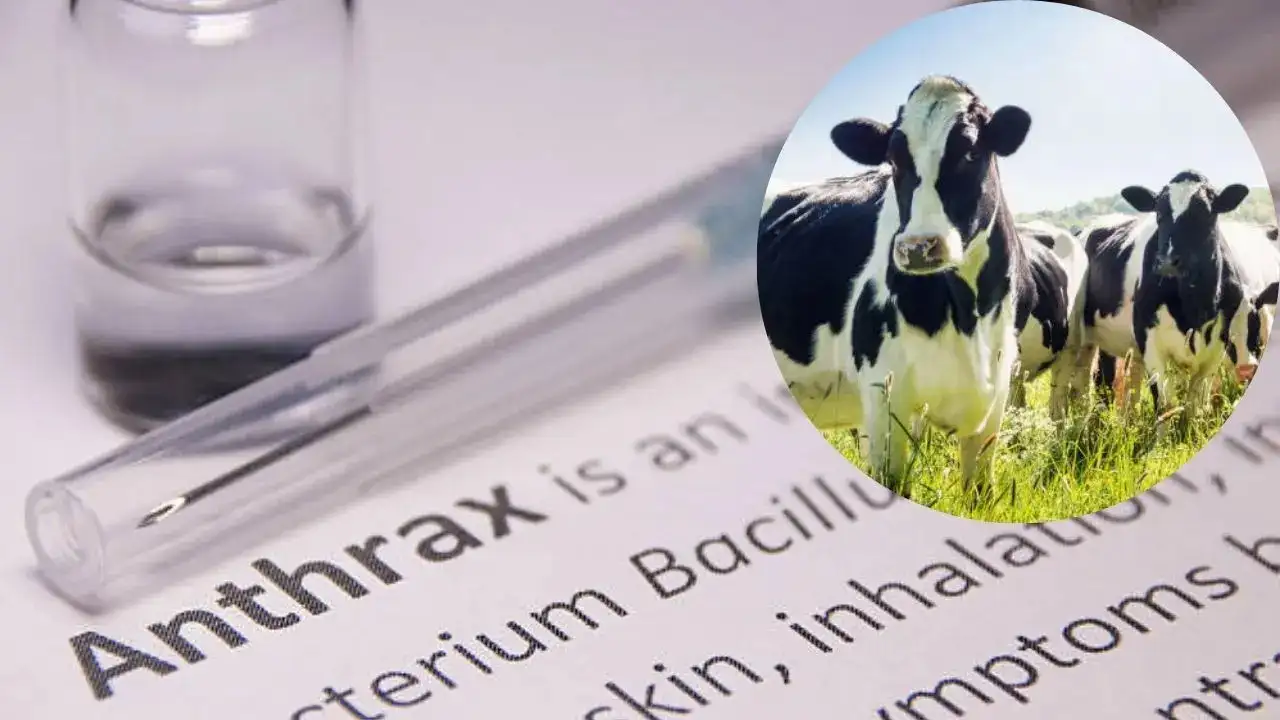
Thai authorities say a 53-year-old victim died after developing a dark lesion on his hand days after slaughtering a cow last month
A deadly anthrax outbreak in Thailand’s top tourist areas has killed a man and hospitalised four others, according to health officials. Authorities say they are now racing against time to trace the source of the highly dangerous livestock disease—a highly infectious bacterial infection.
Even though anthrax, caused by the bacterium Bacillus anthracis, primarily affects animals like livestock, it also infects humans. Being a zoonotic disease, anthrax can be transmitted from animals to humans and is known for its spores, which survive in the environment for extended periods, making it a potential bioterrorism agent.
According to Thai authorities, the 53-year-old victim, from Mukdahan near the Laos border, died after developing a dark lesion on his hand days after slaughtering a cow last month. Within days, his lymph nodes became swollen, and he suffered dizziness along with seizures. While the man sought treatment at a local hospital, he died much before the doctors could help him, local media has reported. Later, lab tests done on his body confirmed anthrax infection.
Thailand’s first anthrax death in 25 years
Early investigations said the dead man had been exposed after a cow was slaughtered during a religious ceremony. As the meat was distributed and consumed within the village, four other people in the same province also fell ill, all linked to infected cattle or meat.
While doctors say three people have almost recovered from the deadly infection, a fifth case has also been reported. According to officials, all animals—even the vaccinated cattle—within five kilometres of the affected area have been quarantined.
Samples from meat, knives, chopping boards, and soil tested positive for anthrax spores. Authorities are now monitoring more than 600 people exposed to infected livestock or meat. According to the World Health Organisation, local authorities have “identified and provided post-exposure prophylaxis to all high-risk contacts” and “implemented a robust set of control measures.” They added: “Currently, due to the robust public health measures implemented by Thailand, the risk of international disease spreading through animal movement remains low.”
What is anthrax?
Anthrax is caused by exposure to the bacteria, which is usually dormant, or inactive, in soil. Disease from anthrax mostly affects animals that graze on land that has bacteria. People can become infected through inhaled bacteria spores, contaminated food or water, or skin wounds.
According to experts, antibiotics are usually the first line of treatment for this potentially deadly infection. There are other treatments, including a vaccine.
Signs and symptoms of anthrax
The symptoms of anthrax vary depending on its type. Doctors say the symptoms usually appear within one week of exposure, and sometimes, signs of inhalation are not even noticeable for two months. Depending on the type, symptoms include:
- Chest pain and breathlessness
-
Fatigue and tiredness
- Fever and sweating
- Headache and muscle ache
- Itchy blisters
- Skin ulcers with a black center
- Nausea and vomiting
- Severe stomach cramps
- Bloody diarrhoea
- Swollen lymph nodes
Who can get anthrax?
A few people who are more at risk for exposure to anthrax include:
- Farmers and livestock handlers
- Members of the military and those who travel to countries known to have problems with anthrax
- Researchers and laboratory workers who study bacteria
- Veterinarians who work with infected livestock
- Wool mill, tannery, and slaughterhouse workers
- Drum makers who use animal hides
- Heroin users
